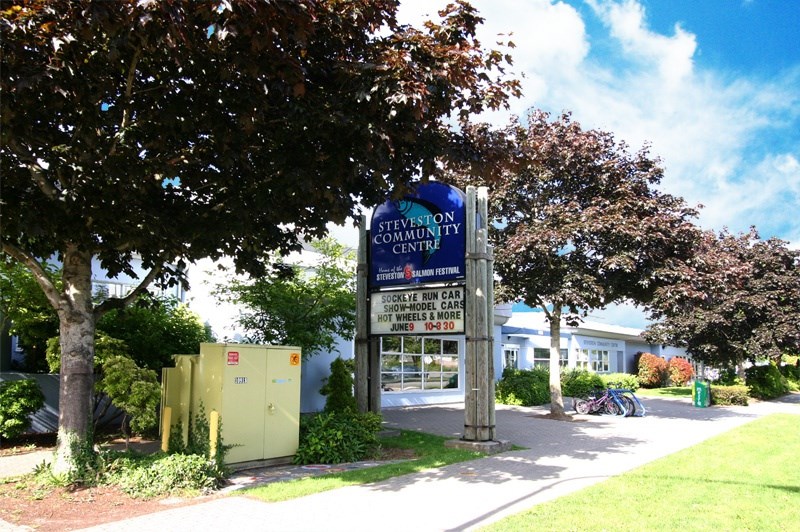Expanding the city’s recreation subsidies to all ages – not just children and youth – resulted in a six-fold increase in use in its first year.
Despite that, only a quarter of the funds approved by city council – about $64,000 out $233,500 – was used.
The city’s revised recreation fee subsidy program (RFSP) was introduced in fall 2018, and a progress report going to council notes it experienced “tremendous growth” with 1,367 people of all ages getting lower fees on recreational activities. Prior to the update, 187 people used the subsidy
The program is designed to help low-income Richmond residents access the city’s community centres, cultural and heritage facilities, parks, aquatics centres and arenas.
People who qualify for the program can get a 90-per-cent discount for programs, to a maximum subsidy of $300 per year for children and youth, and $100 per year for adults and seniors.
In order to qualify for the subsidy, applicants must submit documentation such as from government financial assistance programs or proof of income.
Everyone who qualified for the program received a pass – in total, passes were scanned 28,255 in the program’s first year.
The majority of pass scans, 21,570, were for swimming, and 14,966 seniors participating in RFSP scanned their passes to access the city’s aquatics.
Community centres saw 5,951 pass scans during the first year of RFSP.
The subsidy is available for most drop-in activities and registered programs.
Of the total 1,367 participants, 508 were adults aged 18 to 54; 390 children aged zero to 12; 375 seniors aged 55 and up; and 94 were youth aged 13 to 17.
There were also 1,139 program registrations in the first year, compared to 732 registrations in the year before the program was revised. According to the report, children aged zero to 12 were the largest users of this benefit, registering 891 times.
According to the report, any unused subsidy does not carry over to future years, and all participants must reapply to the program to receive benefits in the next program year.



